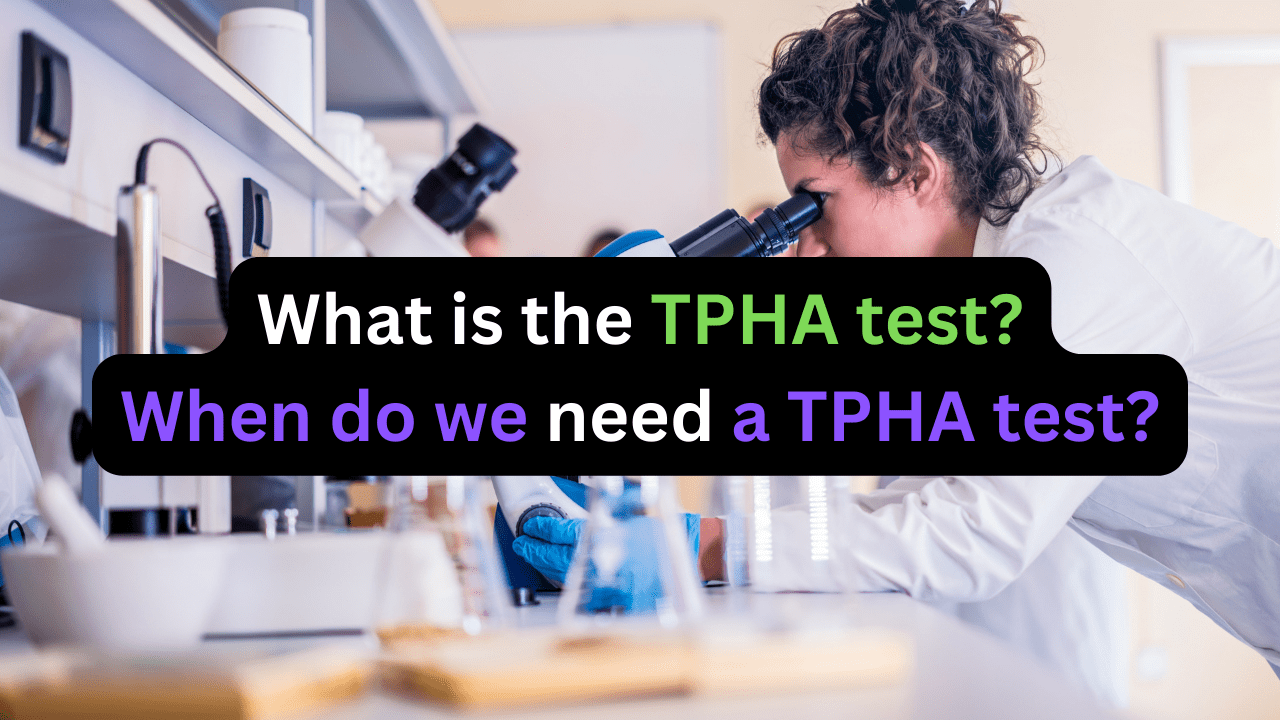Sterile technique vs aseptic technique
Here you will learn about the “Aseptic technique vs Sterile technique”. The aseptic technique is important in healthcare and laboratory settings. The sterile technique is also crucial. These techniques prevent the spread of infections and maintain a clean environment. What is Aseptic Technique? The aseptic technique involves methods to prevent the introduction of microorganisms from … Read more
